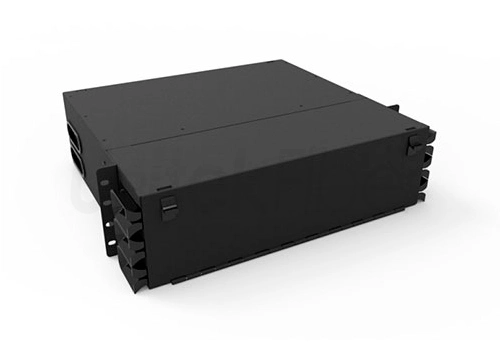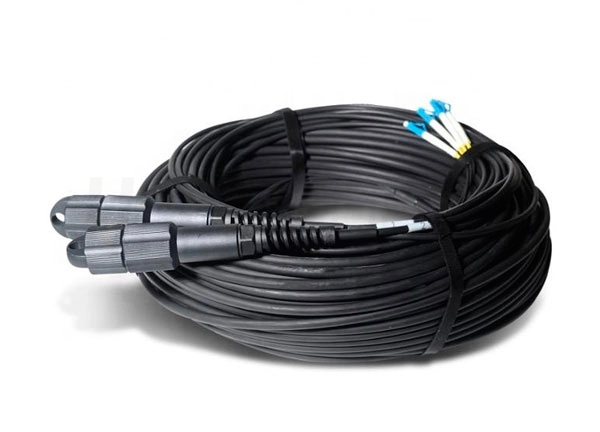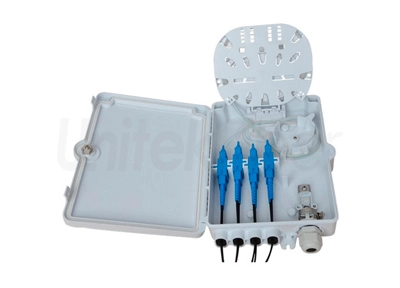
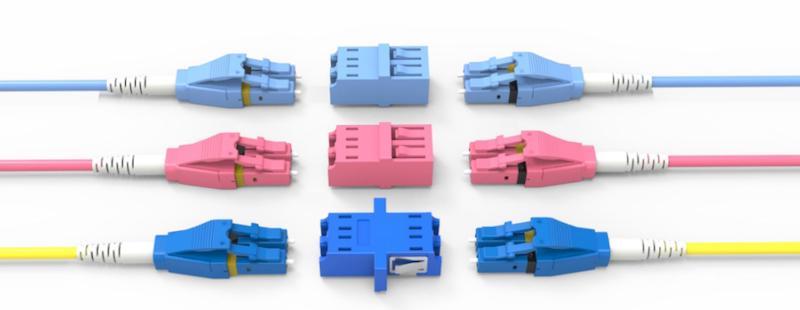
When two optical fiber are connected, due to the difference in position, shape and structure of the two optical fibers, the energy cannot be 100% from one optical fiber to the other. That is, there will be connection loss. In order to minimize connection loss, the two fibers must be precisely aligned. The main function of the optical fiber adapter is to quickly connect two optical fibers, so that the optical signal can be continuous to form an optical path. And how does the optical fiber adapter realize the accurate connection of the optical fiber?
There are many types of optical fiber adatpers, but the precise alignment between optical fibers depends on two factors. One is a ceramic ferrule with a precise inner diameter, outer diameter, and concentricity, and the other is a ceramic sleeve with a slit. The ceramic sleeve is a very smart design.
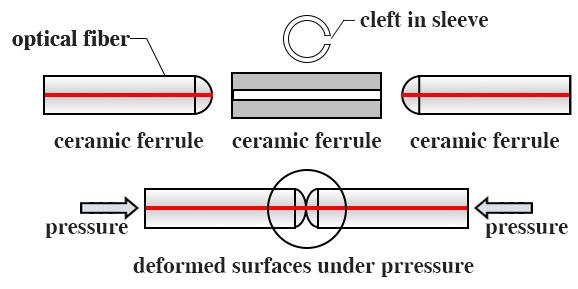
You can see how the two optical ferrules are precisely aligned through a ceramic sleeve. The inner diameter of the ceramic sleeve is slightly smaller than the outer diameter of the ferrule. Because the sleeve has a slit, the fiber can be inserted. The expanded sleeve tightens the two ferrules to achieve precise alignment.
The core diameter of the single-mode fiber SMF is only about 8 ~ 10μm, in order to ensure low connection loss, the two fibers must be precisely aligned. For single-mode fiber adapter, the lateral misalignment between the two fibers should be less than 0.5um.
However, mere precision alignment is far from enough for fiber connection. We know that light will reflect back at the interface between two different media. The refractive index of quartz fiber at 1.55um is about 1.455, so the reflected echo BR at the end face of the fiber is 3.4%. Back-reflected light will affect the stability of the communication system, and at the same time, each quartz glass-air interface will introduce an insertion loss of about 0.15dB. Therefore, each fiber connector will increase the loss of 0.3dB.
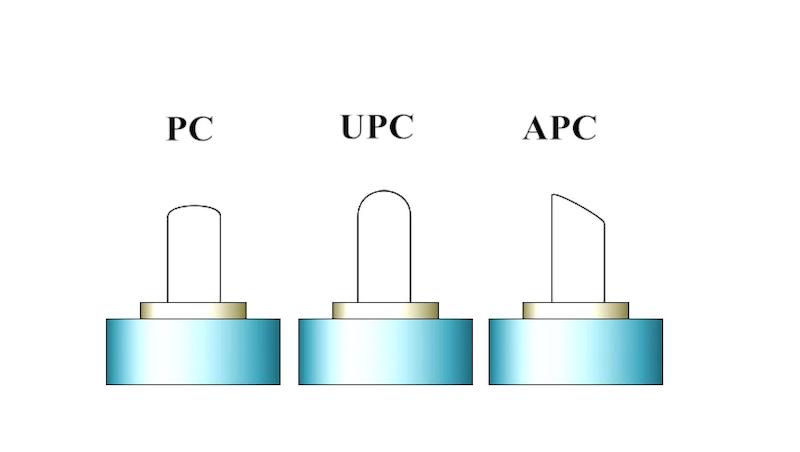
People usually apply antireflection coatings on the end faces to reduce reflected echoes. However, coating problems are not considered in fiber optic adapters. First, the AR coating will increase the cost of the adapter. Second, the fiber connection is not fixed, repeated insertion and removal will damage the AR coating. So, can we apply AR coating on the fiber end face and keep the fiber end face out of contact?
When the two optical fibers are buttted, the longitudinal distance as small as 50um will introduce nearly 1dB loss, which is intolerable in the optical fiber communication system. Therefore, we have reached a consensus that the two fibers must be in contact and the end surface of the fiber cannot be coated. The reflected echo occurs at the interface between two different media, and the air between the fiber end faces must be exhausted, so that the the two fiber ends are in physical contact (PC), as if the medium is fused. Since the optical fiber is fixed in the middle of the ceramic ferrule, any roughness on the ceramic surface will affect the physical contact between the optical fibers. In order to ensure the physical contact between the optical fibers, the ferrule surface is usually ground into a spherical surface. The end surface of the optical fiber is located at the vertex of the spherical surface. This is the second smart design in the optical fiber adapter.
As shown in Figure 1, the ferrule is inserted into the sleeve, and under pressure, the end surface of the ferrule deforms under the pressure, and the deformation of the end surface can ensure physical contact between the optical fibers. Because the physical contact depends on the deformation of the end face, and the ceramic is both wear-resistant and has a certain elasticity, which is why it is selected as the ferrule material rather than glass.
The physical contact between the optical fibers can ensure low loss of the fiber connection point, but the return loss RL can only reach 55dB. For some applications that require higher RL, the end face of the optical fiber connector is ground to a certain angle, which is called a bevel physical contact APC. The fiber end face is usually polished to an 8° slope, and the RL can be increased by an additional 36dB, so the total RL of the APC connector is usually greater than 65dB.
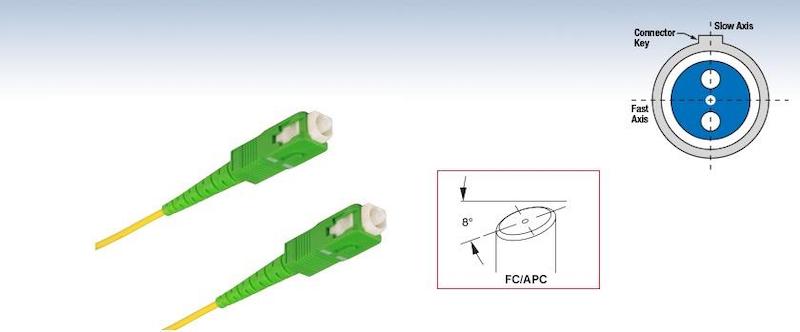
The optical fiber adapter is the most basic optical passive device in the optical fiber communication system. The system's basic technical requirements for the optical fiber connector include low insertion loss IL and high return loss RL. That is, the lowest possible reflected echo BR. However, as the most widely used optical passive device, its cost and connection convenience are as important as the technical indicators.
UnitekFiber provides customized high-quality MPO/MTP patch cords, optical fiber Patch Panels, MPO/MTP Distribution box and other fiber optical products according to customer needs. With more than 10 yeas developement, UniteFiber supplies high-density optical fiber products, WDM wavelength division multiplexers, optical switches and other products, which are widely used in FTTx, telecommunications, 5G networks, data centers and other fields.
If you neen more information or support on fiber optical products, please don’t hesitate to contact us sales@unitekfiber.com, we will try our best to support you.

